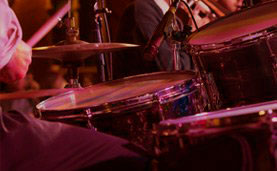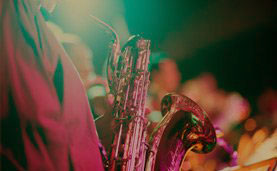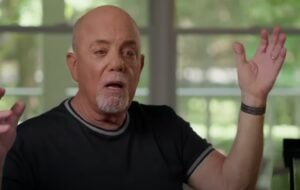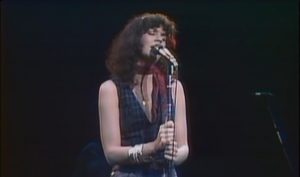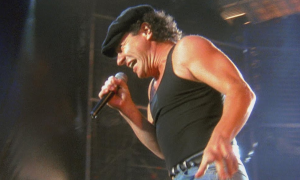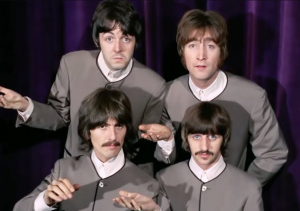1960s Women Who Were Almost Forgotten By The Music Industry

via Ellen Stekert / YouTube
They sang in the same coffeehouses, wrote lyrics just as stirring, and played to crowds hungry for change—but their names never echoed as loudly as their male counterparts. While the folk revival of the 1960s brought a wave of powerful voices and protest songs, the spotlight rarely landed on the women who helped shape the movement. Their influence was real, but history hasn’t always been kind in remembering them.
Joan Baez is often held up as the emblem of female folk in that era, and for good reason. Her talent and activism earned her a well-deserved place in music history. But what about the others—the women who shared stages, inspired audiences, and wrote songs that spoke to the same cultural unrest? They existed. They mattered. And many of them faded too quickly from the collective memory.
This isn’t about rewriting the canon, but about widening the lens. These women brought depth, courage, and perspective to a genre that prided itself on truth-telling. Their stories deserve space, not just as footnotes to a male-dominated narrative, but as artists in their own right who helped define the spirit of a turbulent decade.
Ellen Stekert
Ellen Stekert’s journey through the folk revival wasn’t defined by mainstream fame, but rather by dedication to the roots of the music itself. While other artists chased studio time and stage lights, Stekert immersed herself in folklore, studying, archiving, and performing songs that connected generations. Her early albums, including Ozark Mountain Folk Songs (1955) and Songs Of A New York Lumberjack (1958), were steeped in tradition and authenticity.
Throughout the 1950s and 60s, she continued contributing to folk compilation records and academic circles alike. Unlike her contemporaries who leaned into the spotlight, Stekert’s influence was quieter—but no less significant. She walked the same academic halls that shaped Bob Dylan and Joan Baez, yet chose to prioritize the preservation of music over personal notoriety.
In recent years, she’s returned to some of those old recordings, revisiting her archive with fresh intent. Her 2017 involvement with Classic English And Scottish Ballads and the release of Go Around Songs, Vol. 1 show that her voice, both literal and scholarly, still matters. Stekert remains one of the unsung figures who ensured the folk tradition stayed rooted in history.
Connie Converse
Connie Converse’s story is one of haunting brilliance. In the 1950s, before the folk boom had fully formed, she was already crafting deeply personal songs—far ahead of her time. Her music wasn’t just reflective; it was raw, intelligent, and profoundly emotional. But the world wasn’t ready. By the time folk found its commercial stride, Converse had already stepped away from it.
Her retreat wasn’t just artistic—it was literal. In 1974, she packed her belongings, left a letter for her family, and disappeared. It wasn’t until the 2009 release of How Sad, How Lovely that her music began to reach a broader audience. That posthumous release sparked renewed interest in her contributions, revealing a voice that might’ve helped shape the entire singer-songwriter genre.
Despite her absence from the scene, Converse’s legacy continues to grow. She wrote about injustice, isolation, and inner struggle—topics that still resonate today. More than just a musician, she was a thinker and activist, choosing to write and publish in social justice circles long after leaving the stage. Her disappearance adds a layer of mystery, but her music speaks loud enough now to reclaim a place in history.
Karen Dalton
Karen Dalton’s presence in the 1960s folk scene was undeniable, even if her recognition was delayed. Living and performing among the likes of Bob Dylan and Tim Hardin in Greenwich Village, Dalton stood out with her distinct, soulful voice and refusal to conform to the industry. Her reluctance to record her own material often frustrated producers—but it was also what made her real.
Dalton’s 1969 debut album, It’s Hard To Tell Who’s Going To Love You The Best, was mostly a collection of covers, but she breathed life into each track with blues, soul, and country undertones. Her artistry was less about fame and more about feeling—often to the detriment of her commercial success. She played with deep emotion, whether it was through her 12-string guitar, her banjo, or her haunting vocals.
Despite a difficult life marked by addiction and poverty, Dalton’s impact has only deepened with time. Artists today, particularly in the freak folk and indie scenes, continue to cite her as an inspiration. Bob Dylan once said she sang like Billie Holiday and played guitar like Jimmy Reed—a rare combination that made her unforgettable to those who listened. Her name may have slipped through the cracks in her lifetime, but her sound remains etched in the spirit of folk music.


